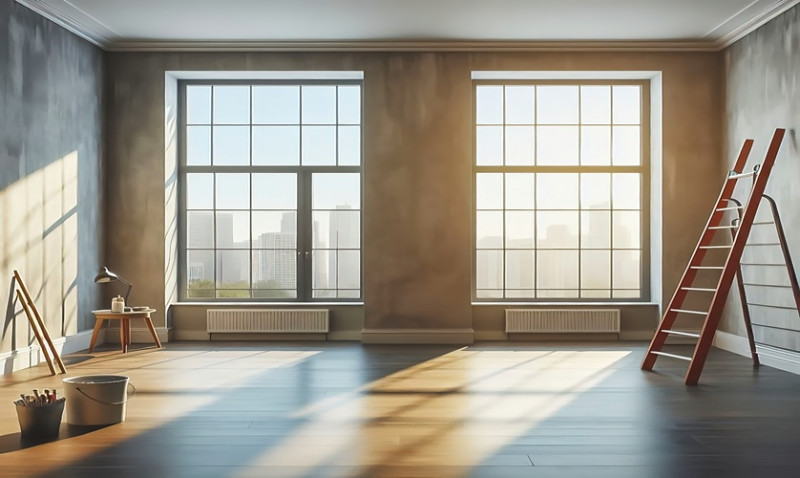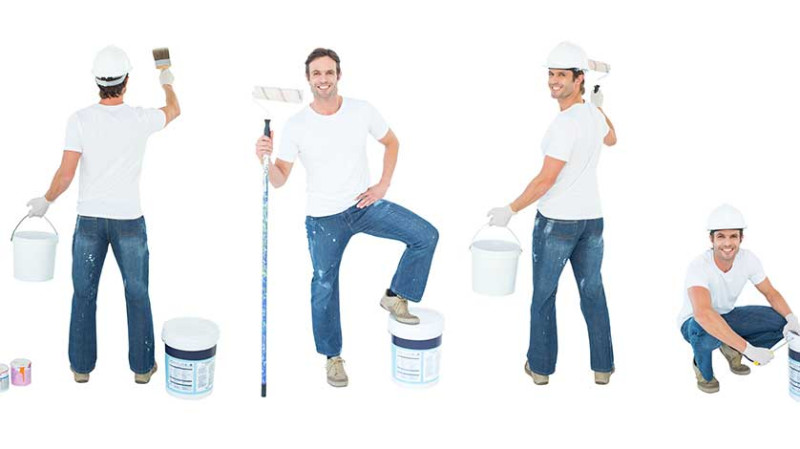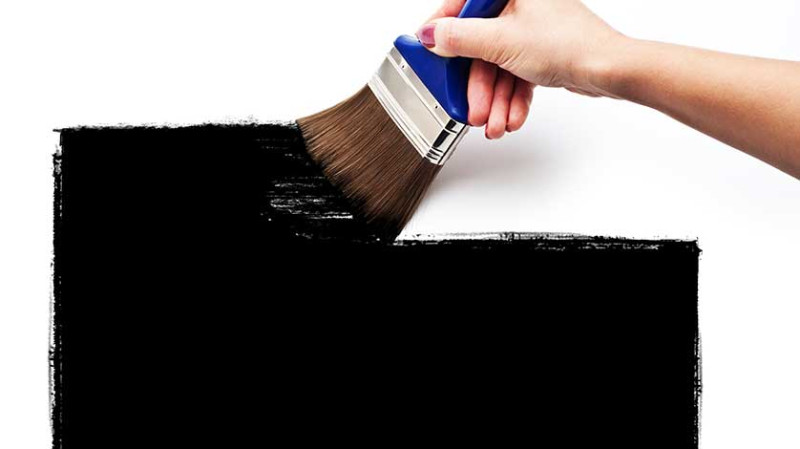
When it comes to painting interiors, nothing is more frustrating than seeing those telltale streaks known as lap marks. They ruin the smooth aesthetic even after hours of effort. Whether you're a DIY enthusiast giving your living room a facelift, a young professional repainting a new flat, or a tradesperson aiming for perfection, understanding how to prevent lap marks will instantly elevate the quality of your work. Read on to learn expert tips used by professional painters across the UK to achieve flawless, mark-free walls every time.
What Exactly Are Lap Marks?
Lap marks are the darker or lighter stripes that appear where wet and dry layers of paint overlap. They are most noticeable when using a roller on large wall spaces or when painting darker colours, where consistency is key. These marks usually form when you paint over an area that's already starting to dry, causing a visible difference in colour and texture.
While they may seem like a minor blemish, lap marks can stand out dramatically under certain lighting conditions—especially across large, flat walls or in natural daylight. The issue is common for DIY painters and even experienced tradesmen if proper techniques aren't used.
Lap marks are not just caused by bad luck. They’re a result of poor planning or incorrect application methods. The good news is, they are entirely preventable with the right approach—and fixing them doesn’t have to mean repainting the entire wall.
Tip 1: Always Maintain a Wet Edge
The number one rule among seasoned professional painters is to "keep a wet edge". This means overlapping previously applied paint while it’s still wet to ensure seamless coverage.
Using this technique allows the paint to blend evenly, minimising the appearance of marks or lines. Work on small sections at a time—often referred to as “feathering”—to give yourself the best chance of keeping the surface uniformly wet.
Start at the top of the wall and work your way down in columns of roughly 60 cm (2 feet) wide. This technique will help you control the roller and paint more accurately, reducing the risk of stopping midway and letting edges dry unevenly.
This tip is particularly critical when using fast-drying paints or working in warm environments where the paint can dry more rapidly. Consistent speed and control are essential.
Tip 2: Use the Right Paint Roller and Nap
Investing in a high-quality roller is another way to eliminate lap marks. Choose the nap length according to the surface you're painting:
| Surface Type | Recommended Nap Length |
|---|---|
| Smooth walls (e.g. plaster) | 3/8" or 9.5 mm |
| Lightly textured walls | 1/2" or 12 mm |
| Heavily textured walls (e.g. masonry) | 3/4" or 19 mm or more |
Cheap rollers tend to absorb too much or too little paint, leading to inconsistent distribution. High-quality rollers give you better control over the paint load and create a more uniform finish.
In addition, clean your roller prior to painting—even brand-new rollers. This removes loose fibres and helps soak the roller evenly when it first meets the paint tray.
Tip 3: Work Quickly and Systematically
Speed and strategy go hand in hand. As paint starts to dry within minutes, lingering too long between sections will almost certainly result in lap marks.
Once you start on a wall, try not to stop. Have all your supplies ready, including a full tray of paint, your roller, extension pole, and a wet cloth for cleanups. The faster you progress without pause, the smoother your paint coverage will be.
Painting with a partner can also help. One person can cut in with a brush while the other follows close behind with a roller. This “two-person technique” is common with pros and ensures the cut-in lines blend seamlessly into the rolled surface.
For single DIYers, doing one wall at a time and finishing it before moving on reduces inconsistencies. If you’re interrupted, blend the edge well before returning to it later.
Tip 4: Mix All Paint Cans Before You Start
Lack of colour consistency is another factor that can exaggerate lap marks. Professional painters often mix all cans of the same colour in one large bucket before painting. This process, known as “boxing”, ensures a consistent hue throughout the job—even if there are slight batch differences from the manufacturer.
If you're working from a single tin and run out, buying another might result in a subtly different shade—showing up as lap lines or patches when the fresh tin is applied. Boxing paint ahead of time helps you avoid this altogether.
Use a 10-litre bucket with a lid and pour in all cans of the same colour if you're covering more than one room or working on large wall expanses. Stir thoroughly and mix the paint every 30 to 60 minutes during your project to avoid pigment settling.
Tip 5: Choose the Right Paint Sheen
Satin, eggshell, and semi-gloss finishes are more prone to showing lap marks than matte or flat paints. Glossier finishes reflect light, making any roller inconsistencies more pronounced.
If you’re not set on a shiny finish, opt for a lower-sheen paint in high-visibility areas. For feature walls or bold colours, matte finishes do a great job of hiding imperfections and provide a clean, elegant aesthetic.
That being said, glossier paints are more durable and washable, particularly in high-traffic areas like hallways and kitchens. If these areas require a glossy finish, pay extra attention to technique during application, or consider a paint additive that slows drying time, giving you more working time to blend strokes.
Tip 6: Backroll Your Final Coat
Backrolling is a pro technique that involves rolling over freshly painted sections again in one direction with minimal pressure (using almost no added paint).
This technique helps blend the texture across the wall while evening out any roller lines or overlaps. You should only backroll while the surface is still wet—hence the importance of speed and planning.
It's a great habit even if you're not worried about lap marks. Backrolling improves overall consistency and helps the paint bond better with the surface, leading to smoother results and increased paint longevity.
For best results, divide the wall into sections and backroll each section before moving on. Don’t wait until the entire wall is covered to try this, or you’ll risk re-rolling over partially dry paint.
Tip 7: Paint in Good Lighting Conditions
Many painters make the mistake of working in poor lighting, only to discover lap marks once natural daylight exposes them the next morning. Invest in good-quality temporary lighting that mimics daylight to reveal textures and inconsistencies in real-time.
Halogen or LED work lights are ideal. Place them at sharp angles across the wall while painting to expose any overlap, streaks, or dry spots as you go. This is especially helpful in dim or windowless rooms.
Also, consider painting during the daytime so that natural light illuminates the surface. You should still supplement this with artificial lighting in corners and along ceilings where lap marks tend to sneak in unnoticed.
Final Thoughts: Practice Makes Perfect
The combination of planning, technique, and quality tools is what separates a patchy amateur job from a professional-grade finish. Lap marks are entirely preventable with the right knowledge and habits. While many of these tips take a little more time and thought upfront, they save you hours of rework and frustration in the long run.
So next time you’re staring down a blank wall with a roller in hand, remember to think like a pro—maintain a wet edge, use the right tools, and stay systematic. With a bit of patience and care, you’ll achieve beautifully smooth, seamless walls worthy of any glossy design magazine.
Happy painting!





